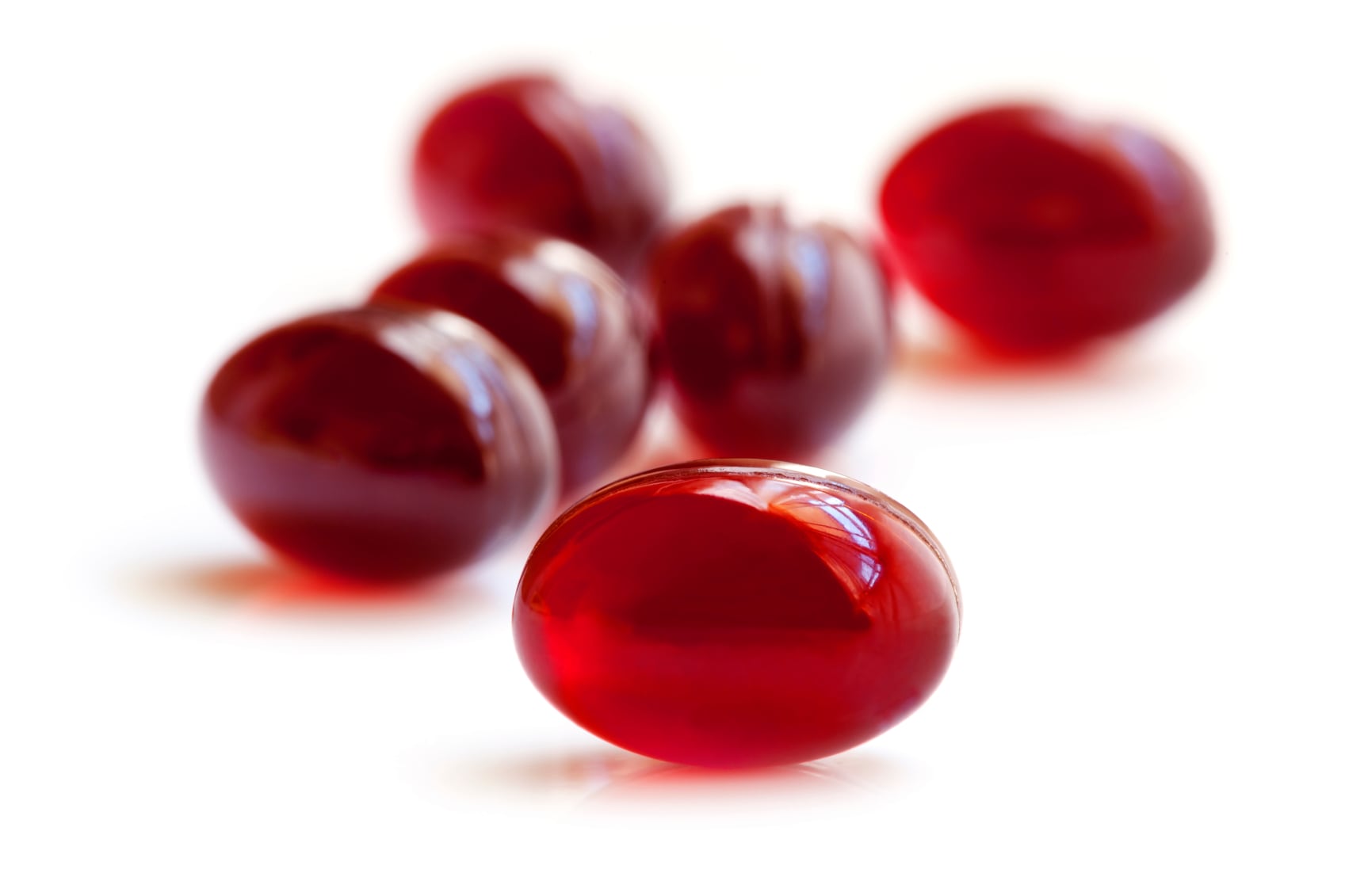Astaxanthin demand spiked in the US market (still by far the largest market worldwide for the ingredient) following an appearance by US nutritional product promoter Dr Joseph Mercola on the Dr Oz Show in 2011. Demand increases of as much as tenfold were quoted by suppliers around that time, and this led to a distortion in the market, said Efrat Kat, director of sales and marketing for Israel-based astaxanthin supplier Algatechnologies.
“Global product launches including astaxanthin grew by more than 50% from 2011 to 2014. But we suffered a lot when there was a shortage on the market. Many companies decided not to develop new products because there was a difficulty in getting reliable supplies,” Kat told the group, which included NutraIngredients-USA, who were in Israel last week under the sponsorship of the Israel Export Institute, a public-private partnership.
Learning curve
There are several approaches to growing Haematococcus pluvialis, the marine algae that produces the carotenoid. US company Cyanotech was an early leader in the open pond method at its facility in Hawaii while Algatech pioneered a closed tube system at its desert location near the southern Israeli city of Eilat. There are plusses and minuses to both approaches, but however a company chooses to do it, the learning curve is steep and not all companies succeed, Kat said, which has complicated the supply picture for the ingredient up to this point. She said you can’t just allocate a wad of cash toward creating new astaxanthin supply and be certain of success, especially for companies new to the market. Growing the organisms can be as much art as science, and the culture can sometimes behave in unexpected ways.
“You need to grow algae for several years to consider yourself an algae manufacturer,” Kat said. “In some years everything can go well and then there is a production crash. Yamaha for example invested tens of millions of dollars in an algae facility and after about five years decided to shut down the business because they found they couldn’t reach a level of reliable supply.”
A number of new players have entered the market in the past five years. Chinese firms InnoBio and BGG have brought closed tube production systems online and competitor Fuji has ramped up its production in lockstep with Algatech’s own capacity expansions. Kat said there is room for all in the market, and the increased capacity means product developers in the future will have more confidence in the stability of the supply. This is where Algatech, with its long history, has a leg up in the market, Kat believes.
“For these reasons many of our customers prefer to work with us because they know that we can guarantee long term supply and consistent quality and traceability. In fact we are happy there is additional capacity in the market,” Kat said.
Sports nutriton applications

Astaxanthin is noted for its powerful antioxidant capabilities. Claims for the ingredient range from joint, skin and eye health benefits to cardiovascular benefits. One of most promising growth areas for astaxanthin is in the sports nutrition field. Research has shown that astaxanthin boosted performance in a group of cyclists, and a more recent study in Wistar rats showed the carotenoid extended the time to muscle exhaustion by 29% in a swimming test. Still, with all of the positive attributes of the ingredient and even with the high profile mentions on US television (Oprah highlighted the ingredient, too), much still needs to be done to tell the story to consumers, Kat said. This is one of the goals for the nascent trade group the Natural Algae Astaxanthin Association (NAXA).
“What limits sales is not competition. It’s consumer awareness,” Kat said.
NAXA, of which Algatech was a founding member, was formed primarily to elucidate the differences between the algal form of the ingredient and those that come from chemical synthesis. The synthetic forms have been in the market for a number of years as colorants for fish feed to help turn the flesh of farmed salmon a robust red, but more recently have been launched as dietary supplement ingredients in their own right, most prominently by Dutch supplier DSM. Kat said a seminar on the differences between the two forms will be presented at the Natural Products Expo West trade show in March in Anaheim, CA.
